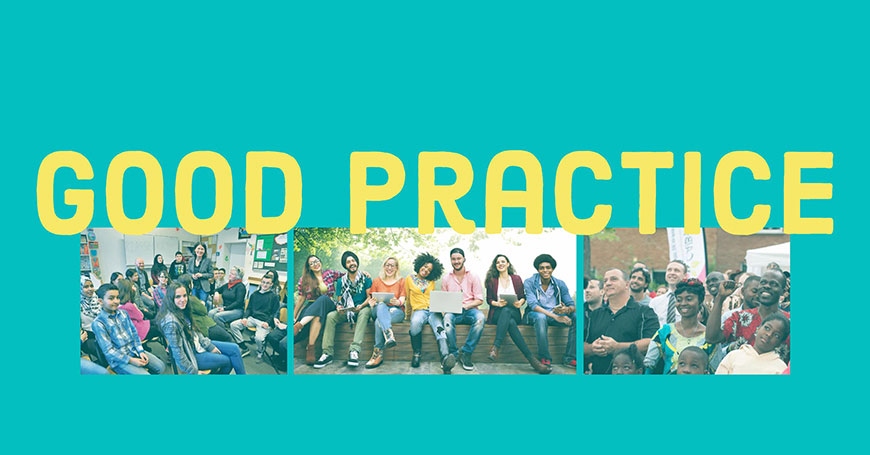Intercultural cities: good practice examples

The first step is the adoption (and implementation) of strategies that facilitate positive intercultural encounters and exchanges, and promote equal and active participation of residents and communities in the development of the city, thus responding to the needs of a diverse population. The Intercultural integration policy model is based on extensive research evidence, on a range of international legal instruments, and on the collective input of the cities member of the Intercultural Cities programme that share their good practice examples on how to better manage diversity, address possible conflicts, and benefit from the diversity advantage.
This section offers examples of intercultural approaches that facilitate the development and implementation of intercultural strategies.
Building a culture of human rights
Purpose: Improve capacities and raise awareness of Human Rights among citizens and organisations and mainstream a Human Rights approach within the City Council. Stimulus/Rationale: Sabadell...
The “Second chance”: work qualification centre for migrants
Purpose: To give a “second chance” to refugees and other migrants who do not succeed in completing the professional, social and language training within the two years of the introduction programme...
The programme for unaccompanied minors (UAM)
Purpose: The purpose of the programme is to provide ongoing support and housing for unaccompanied children and young people, e.g. to include them in the Norwegian education system and help them...


